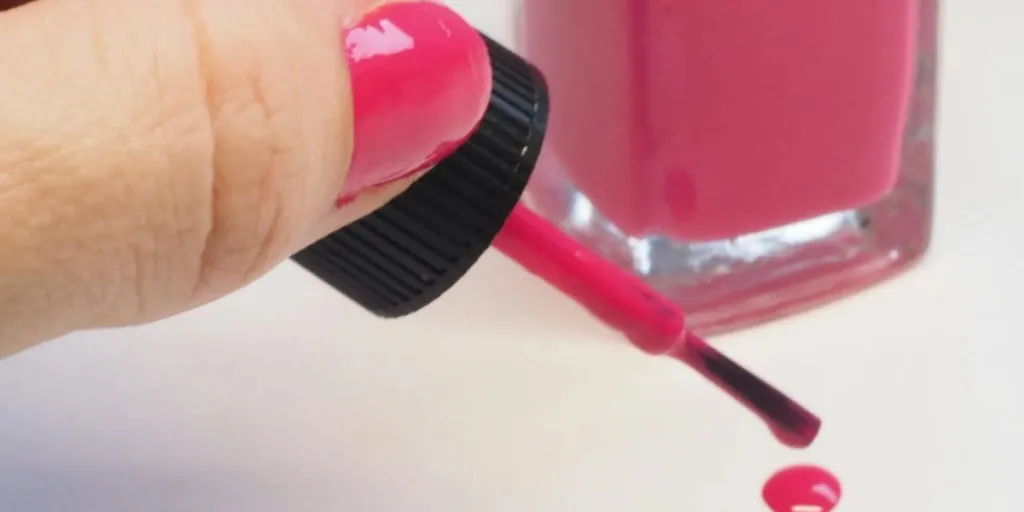Nail trends are always flooding the market. It may be a new color or a different shade, and female consumers may want to try them all. After all, a good color brings out the beauty in nails while accentuating the overall look.
However, consumers will need nail polish removers before frequently changing their nail color and art. They won’t just look for “any” nail polish remover. They’ll search for ones that satisfy their requirements to avoid any adverse effects.
But what are these requirements? This article will give sellers helpful insight into what consumers look for when searching for nail polish removers.
Table of Contents
Overview of the global nail polish remover market
What are the types of nail polish removers?
What to consider when choosing nail polish removers
Rounding up
Overview of the global nail polish remover market
Market analysts valued the global nail polish remover market at US $1.290 billion in 2022. They predict the market will experience a steady 3.6% compound annual growth rate (CAGR) from 2023 to 2028.
The market has registered phenomenal growth in recent years due to rising consumer consciousness about nail care and the exploding nail art trend. In addition, the influence of social media and rising disposable income have also contributed to the increasing demand for nail polish removers.
E-commerce platforms are the dominant distribution channels for nail polish removers, offering increased convenience and unlimited access to product variety. North America and Europe dominate the regional market, but the Asia-Pacific market is witnessing immense growth driven by urbanization, a growing retail sector, and increasing beauty awareness.
What are the types of nail polish removers?
Generally, the types boil down to acetone and non-acetone polish removers (more details below). However, the form in which sellers can purchase them differs regardless of the formula.
Bottled/liquid nail polish removers
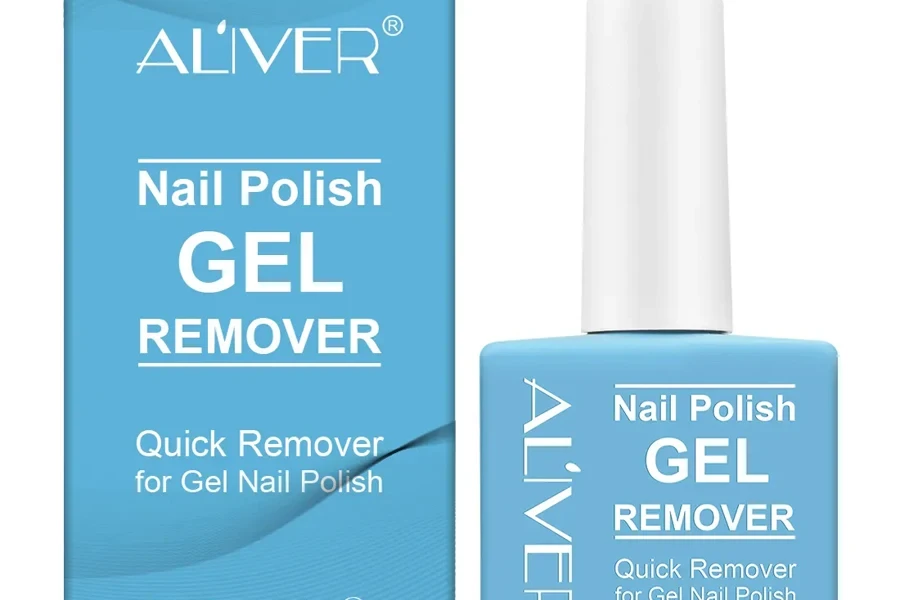
Liquid nail polish removers are currently dominating the global market. Many people love them for their convenience, versatility, and incredible effectiveness.
But one of the key reasons women prefer these products is their ease of use. Liquid polish removers come in bottles with pads or brushes, making it easy for ladies to target certain areas or remove nail polish in a few swipes.
That’s not all. The liquid formula can handle all kinds of polish, from regular to gel and glitter. Most liquid nail polish removers are non-toxic and acetone-free to address growing environmental and health concerns.
Here’s the big seller: manufacturers enrich these products with ingredients to nourish and protect the nails. So, in addition to removing nail polish, liquid removers can offer moisturizing and strengthening benefits.
Remover pads and wipes

Liquid nail removers may be very effective, but not everyone can carry them around. Remover pads and wipes are the unsung heroes when it comes to portability.
These pads and wipes come pre-soaked in acetone or non-acetone solutions, making them the best options for on-the-go (and quick) nail polish removers. Do consumers have embarrassing layers of chipped nail polish? No problem! They can grab these pads to easily remove up to two coats of polish.
Corrector pen nail polish removers
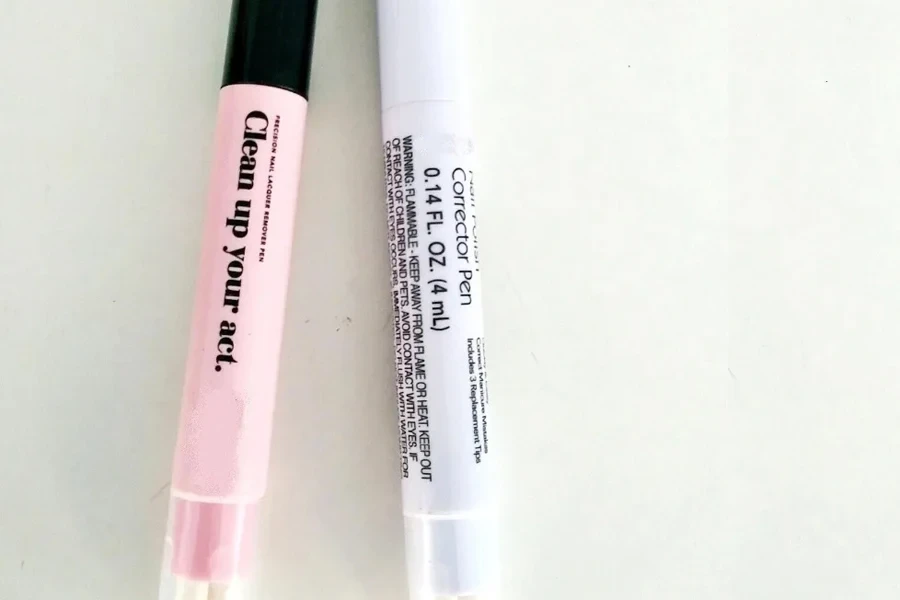
While these bad boys also remove nail polish, they do it differently. Instead of removing entire layers of polish, corrector pens are the go-to products for removing small mistakes or imperfections during nail polish applications. Here’s a brief look at the two different types:
| Corrector pen type | Notes |
| Felt-tip corrector pens | These pens use a felt tip saturated with nail polish remover to handle small smudges or excess polish around the nail’s edges. |
| Brush-tip corrector pens | These pens use a small brush with more control and precision, making them ideal for correcting larger mistakes. |
What to consider when choosing nail polish removers
Composition
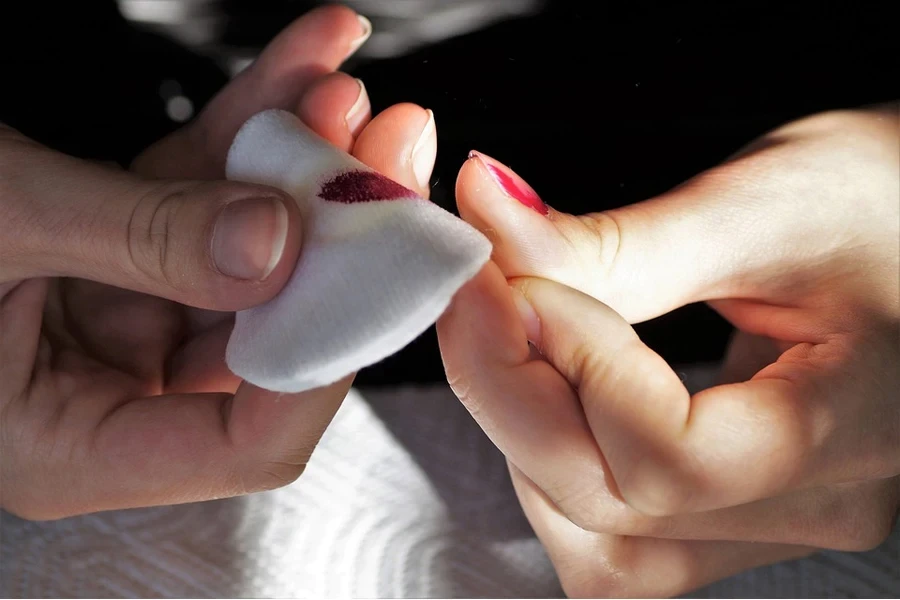
As previously mentioned, nail polish removers can have an acetone or non-acetone composition. This factor plays a role in consumers’ buying decisions. But before explaining how, here’s a look at what makes these formulas different.
Acetone, on its own, is strong enough to dissolve plastic. It also has a pungent smell with some flammable characteristics. Before wondering why such a chemical is even in beauty products, understand that manufacturers dilute it enough not to melt the user’s hands.
Although diluted, acetone nail removers can dissolve the nail enamel before consumers remove it with a cotton pad. These nail removers may be effective, but consumers may avoid them due to their potential nail harm.
In contrast, non-acetone polish removers come with solvents like ethyl acetate, petroleum, and butyl acetate. For this reason, they’re safer alternatives for nails since the solvents offer something milder.
Non-acetone polish removers may also go the natural route with ingredients like citrus oils, vinegar, or baking soda. Gel removers also exist, but they’re designed to remove only gel nail polish.
Effectiveness

Now that the differences between acetone and non-acetone polish removers are clear, what about their effectiveness? Acetone nail removers are the most common types because of their high effectiveness.
Usually, they remove nail polish faster than non-acetone variants, as they’re more likely to absorb the colors quicker. Non-acetone variants may be the safer option, but they take a few minutes more than their acetone counterparts to remove nail polish.
Natural nail polish removers are also less effective than acetone and solvent variants. Similarly, gel removers may require soaking the nails for a few minutes before wiping off the polish.
Impact on the nails
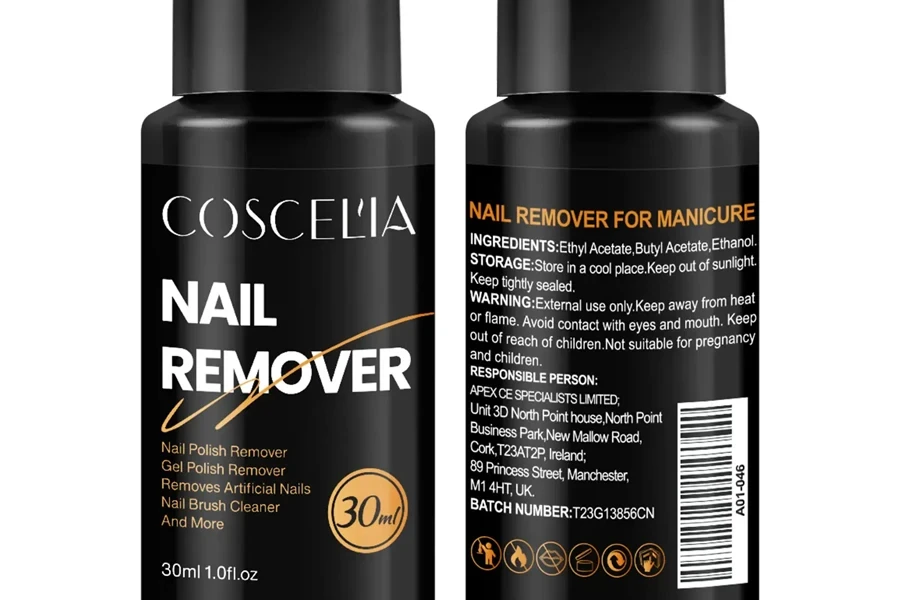
While acetone nail polish removers are super effective at their job, they have a larger impact. Using them once will rob the nails and cuticles of their natural moisture, and repeated or regular use will make the cuticles white and itchy.
That’s not all acetone nail removers can do. Consumers may also experience redness on the surrounding skin, leading to other harmful skin diseases. Ladies may also find their nails yellowing in the process.
In contrast, non-acetone nail polish removers come with gentler formulas that do their job without harming the nails or the surrounding skin. It’s one of the reasons non-acetone nail removers are becoming a more popular option.
Suitability
If consumers want stunning shellac manicures or glittering nail enamel, they can use acetone and non-acetone nail polish removers. However, non-acetone variants gain the upper hand for being mild enough to remove lighter and darker shades without harming the nails.
Many experts recommend non-acetone nail polish remover for all kinds of polish colors, whether black polish, nude enamels, or coral nail colors. Non-acetone polish removers are also the best option for consumers who care about their natural nail color—they’ll leave the nails clear without any signs of yellowing.
Because acetone is harsh, nail polish removers made from the chemical are unsuitable for all skin types, especially dry and brittle nails. Contrarily, all non-acetone removers can work on any skin type, including sensitive ones.
Ingredients
Acetone nail polish removers have one goal, and they do it well. However, manufacturers may add other ingredients to combat the effects since their formulas are too strong. A typical acetone ingredient list looks like this:
- Acetone (30–60%)
- Ethyl acetate (10–35%)
- Ethyl alcohol (5–20%)
- Water (5–20%)
- Glycerin (3–15%) (to combat the drying-out problem)
- Fragrance (to handle the terrible smell)
Non-acetone removers, on the other hand, often come with beneficial ingredients that make them even more attractive. In addition to the solvents listed above, sellers can find these additional ingredients:
- Glycerin
- Aloe vera
- Vitamin E
- Essential oils
Rounding up
It’s easy to conclude that non-acetone nail polish removers are better investments, but not all consumers will agree. Despite acetone removers’ harmful effects, some consumers still swear by them due to their speed and effectiveness (up to 22,000 searches for acetone nail polish removers in 2024).
While many experts recommend using non-acetone polish removers, acetone variants remain popular. Nevertheless, non-acetone removers are catching up and may overtake their acetone counterparts as the world shifts toward better nail safety.
